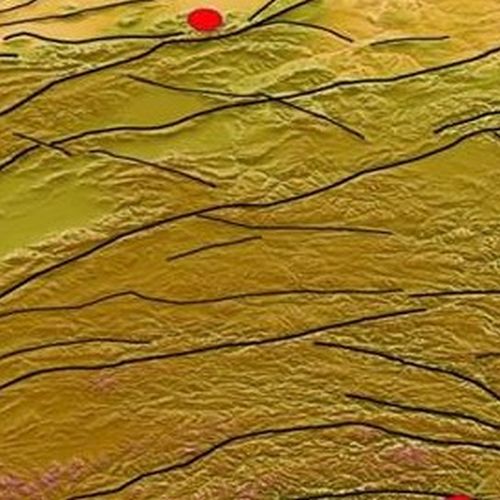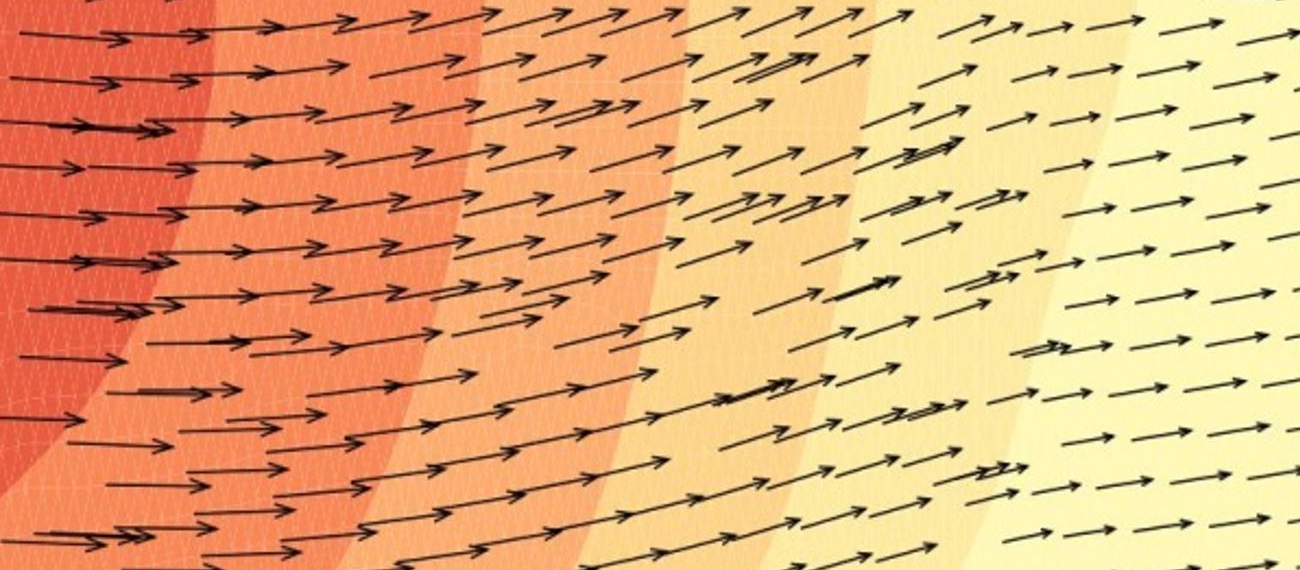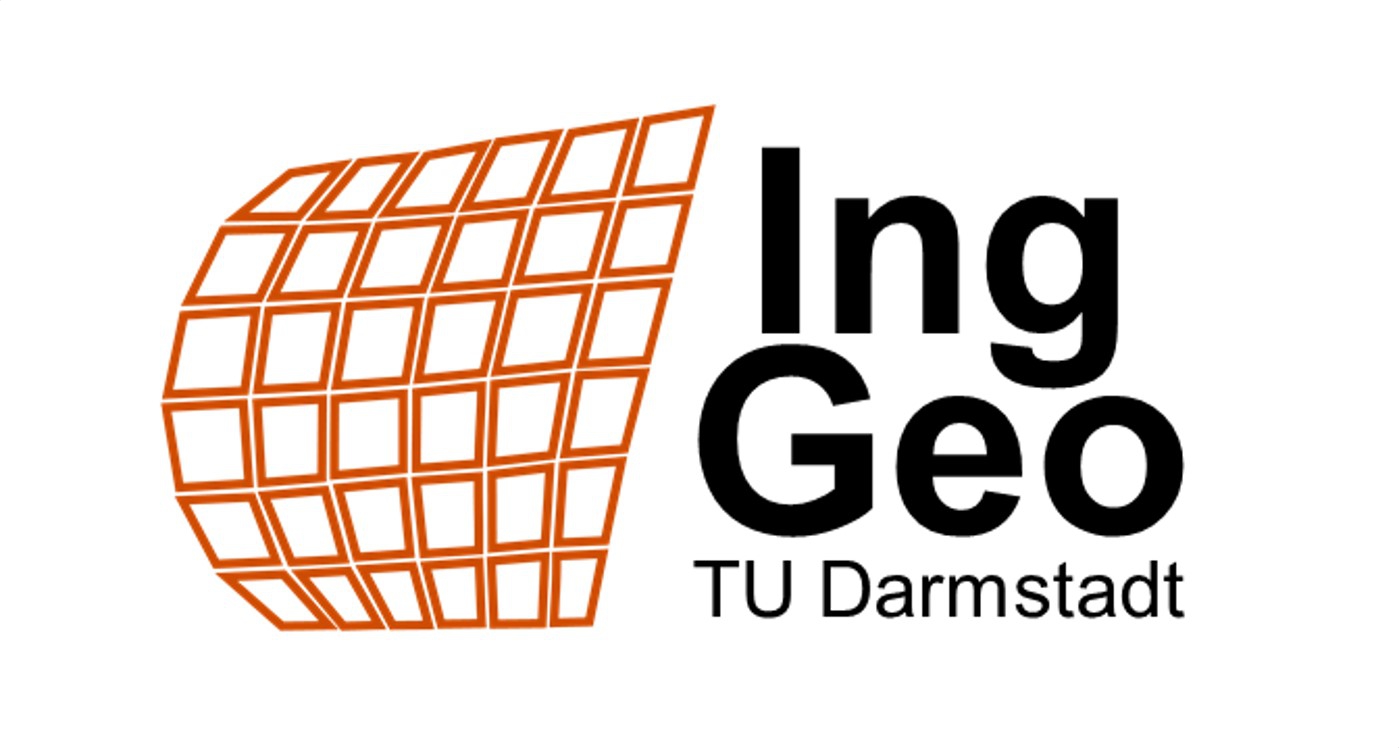
Facts about the project
PhD project:: Dr. Xianrui Li +++ Duration: 01.11.2017 – 30.11.2019 +++ Project funding:: China Scholarship Council (CSC)
The northeastern Tibetan Plateau is characterised by numerous active faults and strong seismic activity. Several large earthquakes of magnitude 8 and above have occurred in this region in the past, causing severe damage and loss of life. It is therefore of great importance to study the kinematics and dynamics of the northeastern Tibetan Plateau for a better seismic hazard assessment. The crustal stress field plays a key role in this.
The 3D stress field with its spatial variations was investigated with a large-scale geomechanical model based on the finite element (FE) method. The FE model and the most important faults were created from various geological, geophysical and geodetic measurements. Based on model-independent observations of the kinematics and stress field, an appropriate calibration took place. The resulting model provides an important basis for assessing the seismic hazard on the major active faults in the area of the north-eastern Tibetan Plateau.
- Li, X., Hergert, T., Henk, A., Wang, D., Zeng, Z., 2019. Subsurface structure and spatial segmentation of the Longmen Shan fault zone at the eastern margin of Tibetan Plateau: Evidence from focal mechanism solutions and stress field inversion, Tectonophysics 757, 10-23, https://doi.org/10.1016/j.tecto.2019.03.006.







